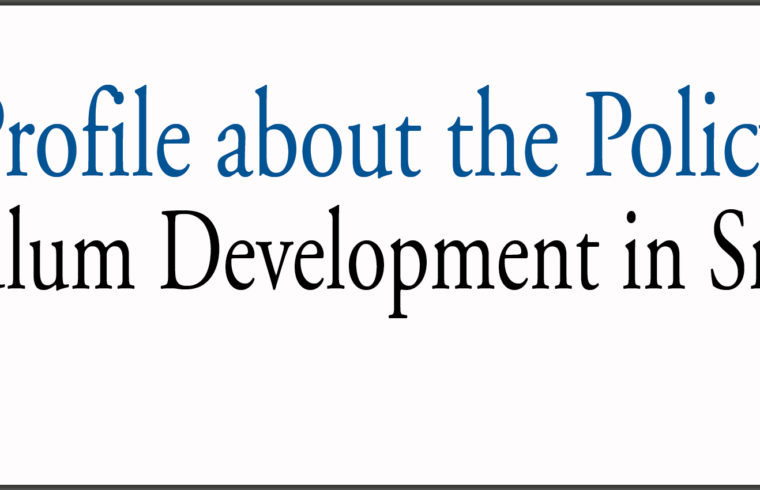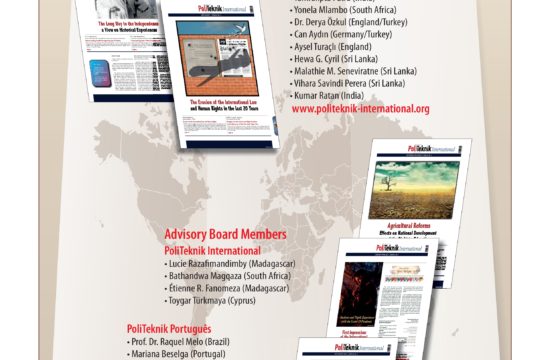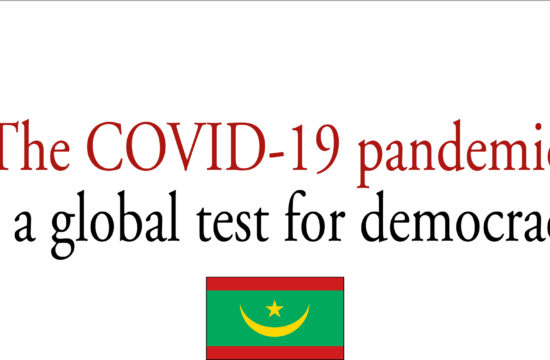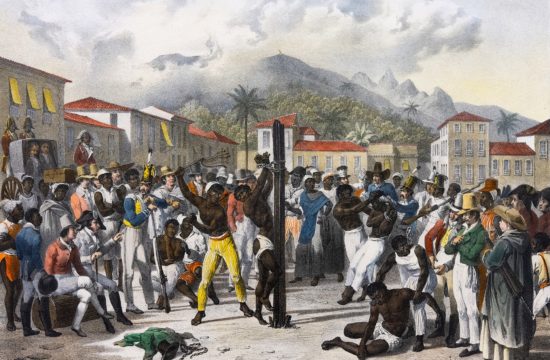G.H.N. Pushpa
USLTS – SRI LANKA
Abstract
The objective of Free Education Policy of C.W.W. Kannangara was to develop the Head, Heart and Hands of the students and that objective is matched to the current situation according to the development of new knowledge, new technology, morality and good conduct. All structured learning experiences which are planned, organized and implemented by school comprise the school curriculum and it was enriched by informal experiences in line with the National Education Policy. The curriculum should be meant for the development of the child physically as well as mentally and the inherent capabilities and competencies of the child should also be developed in a child friendly environment towards the national development.
Quality of School Education
The quality of school education is measured by the curricula and it should develop the social skills, thinking skills and personal skills of the child to have an integrated personality. Restructuring of education levels and organization of subjects at different levels should facilitate a balanced personality. Curricula developed for schools should provide a sound foundation that enables the youth to lead a successful personal and work life. Fulfi lling national goals, languages should play a vital role to reduce the language barrier by developing language skills in phase with national interests and pay attention to the accumulated knowledge, local and global needs and strategies that can cater to regional variations.
The policy of Curriculum Development implemented by the Ministry of Education in Sri Lanka considers the issues related to the quality, equity and relevancy which are interrelated for improving the education. Equity can be assessed at access, participation, output and outcomes achieved through legislative measures which ensure that all children gain entry to a school. Child’s potential could be realized by participating in learning teaching process as well as cocurricular activities and hidden curriculum. Relevancy related to be responsible citizens in a society, respecting accepted norms, knowledge, skills, attitudes and values.
The policy of curriculum development needs to change the society towards a better future in this 21st. Century education. Therefore, it should be for all and to fulfil the needs of the national goals. The guiding principles for the prevailing issues would be for the rights, duties, privileges and equal opportunities, for the total development of the child in all aspects, for free and compulsory education, for world of work, for medium of instruction, for national languages, for religious education, for national cohesion, for unity in policy and diversity in decentralization for human resource development, for the professional standards of teachers and other education personnel, for resources and utilization, for differently abled children, for change and adaptability, for the learning teaching process and for the evaluation.
As mentioned above the Policy of Curriculum Development is important for the general education in Sri Lanka in improving the education considering the issues related to the quality, equity and relevancy. Since the Education Ordinance, 1939 is not applicable in the prevailing context, the National Education Commission in 2003 has recommended “the formulation and enactment of a development – oriented simple and broad –based new Education Act incorporating all relevant aspects of existing ordinances, Acts, Laws and Regulations relating to general education and introducing new features where necessary.” A national system of education should bring into focus the need to orient education in the context of national development. State should ensure free and compulsory education for all children aged five to sixteen years promoting accessibility through provision of resources while making it acceptable to all by raising its quality.
Curriculum Development – Primary
and Secondary Education
Sri Lanka commenced systematic curriculum development with the establishment of the Curriculum Development Center (CDC) in 1960s. With a major reform in 1972, the CDC was expanded and strengthened to develop the new curricular and in 1985, National Institute of Education initiated to develop the national curriculum. The three levels that linked to three different curricula are;
• Integrated Curriculum at the Primary level (Grades 1 to 5)
• The common and the balanced curriculum at the junior secondary level
(Grades 6 to 9) and the G.C.E.(O/L) – (Grades 10 to 11 with core and optional subjects)
• The specialization Curriculum at the G.C.E.(A/L) – (Grades 12 to 13) under Science, Arts, Commerce and technology stream.
Prevailing policy issues related to curriculum development that deals with the purpose:
Restructuring of education levels together with the irrational selection and organization of subjects at different levels do not facilitate a balanced personality.
The curriculum reform of the 1990’s dealt with four levels of education:
1. Primary Level (Grades 1 to 5)
2. Junior secondary Level (Grades 6 to 8)
3. Senior secondary Level (Grades 9 to 11)
4. Collegiate Level (Grades 12 to 13)
Prevailing policy issues related to curriculum development that deals with the structure:
The overloaded curricula and the small percentage of university admission make the learning process dull and boring in the education system of Sri Lanka. The top down approach to curriculum development has affected the structure of the general education and the success of the future of the young. Teachers find it difficult to cover the syllabi on time and these curricula are needed to be researched to see whether those improve the relevance of school education into real life in general and to the world of work in particular.
Prevailing policy issues related to curriculum development that deals with the medium of instruction:
The official language policy was introduced in 1956 and the reforms of 1990 introduced the Second National Language; Tamil as a subject of the primary, junior secondary and the G.C.E.(O/L) curricula. The interest for uplifting the standard of the two national languages fell on the decision to introduce the English medium for G.C.E.(A/L) Science in 2000 and in 2002, it is introduced English medium instruction at the junior secondary level. Bilingual education became the policy of the government in 2008 with a considerable number of subjects of the G.C.E.(O/L) and the G.C.E.(A/L) selected to be taught in English. It became an issue in talking about quality, equity and relevancy because of the scarcity of English teachers in the system and the difficulties of distributing the available few.
Prevailing policy issues related to curriculum development that deals with the process:
Curricula should be tested before introducing it into the school system and should focus on producing capable young facing the emerging challenges of the future. Curriculum developers have to search for educational concepts and practices that are rooted in our culture. The paradigm shifts that are taking place in education need consideration to bring out education in line with the needs of the global economy. New thinking emerging in terms of Subject Matter Knowledge and pedagogical Content Knowledge have to be matched with local research findings and individual experiences to adapt them appropriately for the task.
REFERENCIAS
National Committee for Formulating a New Education Act for
General Education, (2017/12) New Education Act for General
Education in Sri Lanka Retrieved from nec.gov.lk











